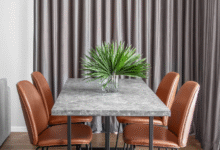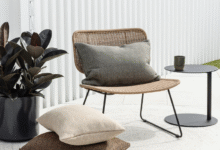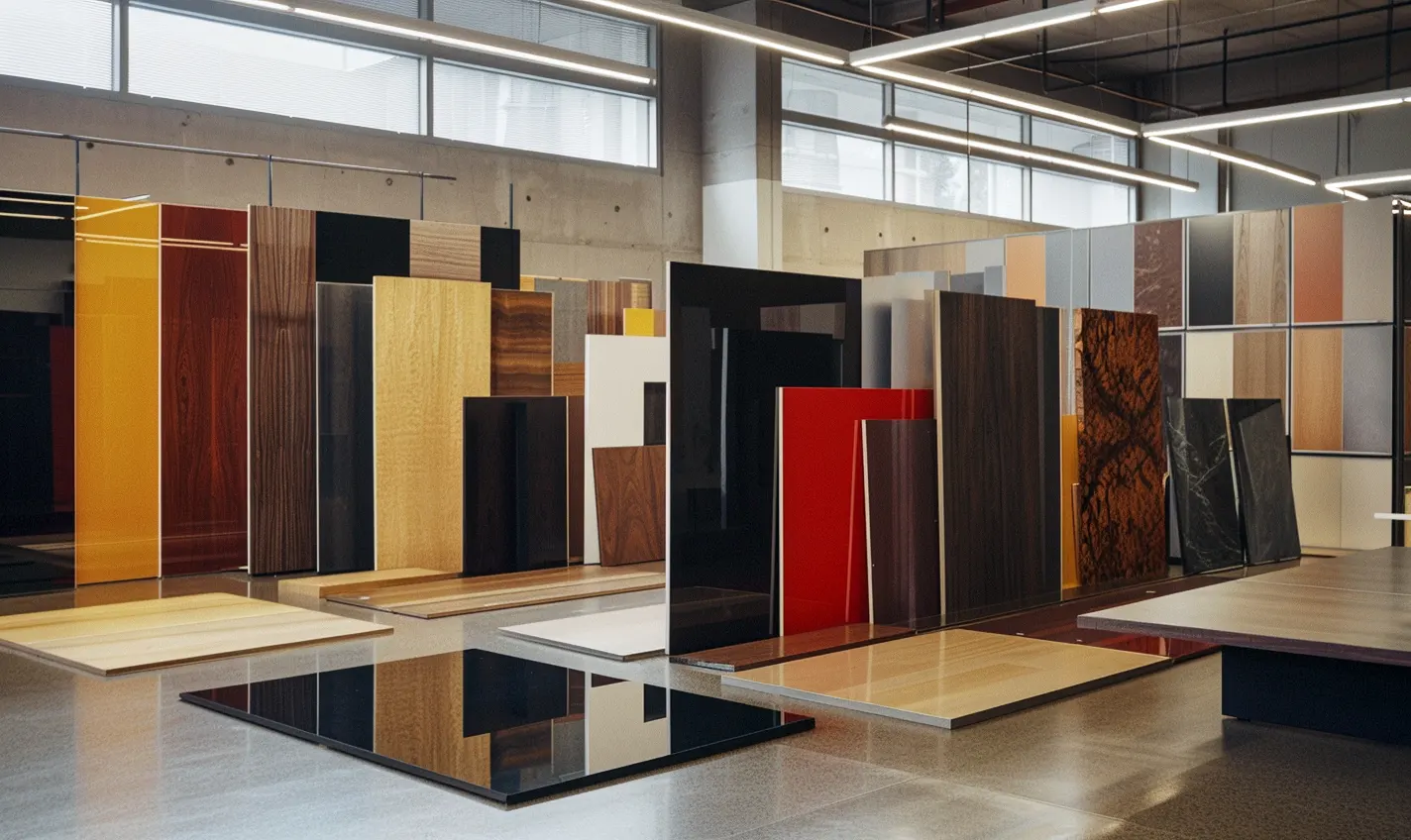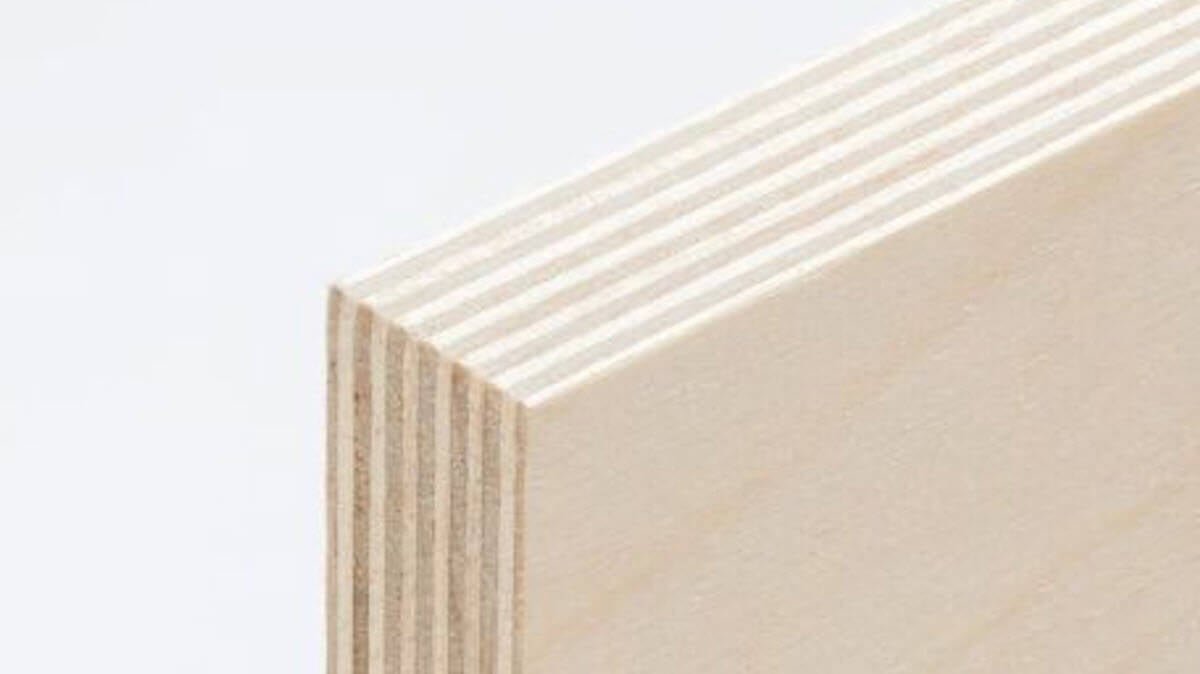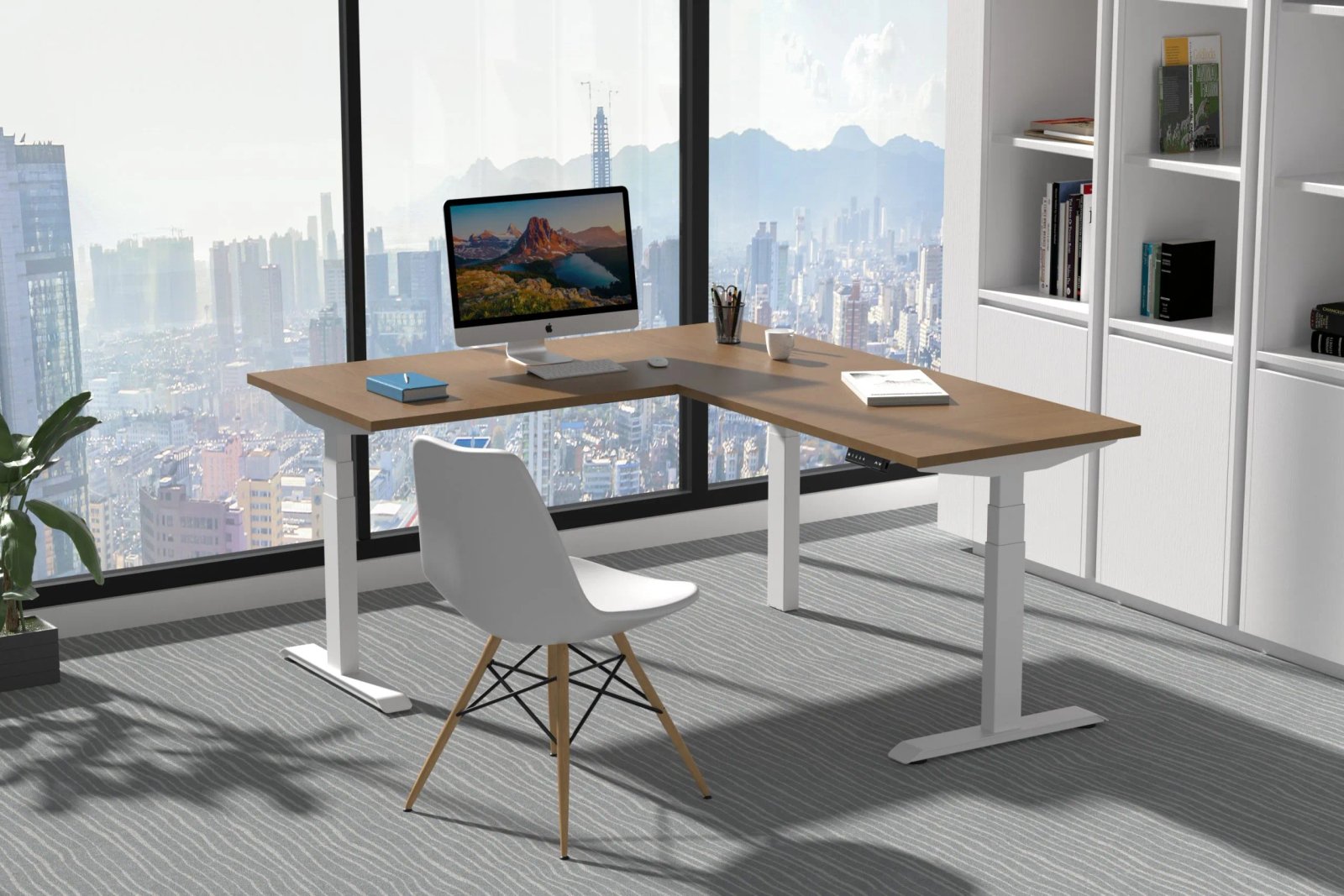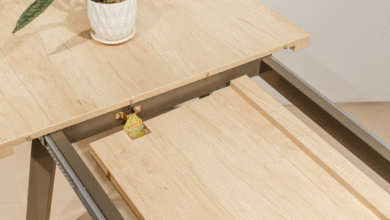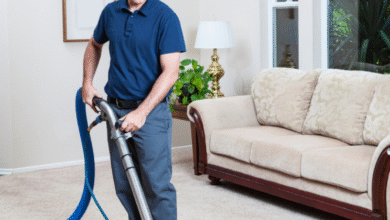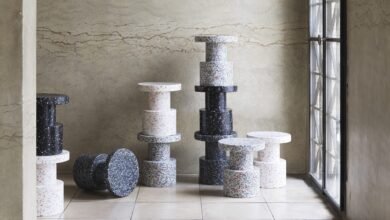Deep cleaning and fast fix tips for outdoor cushions
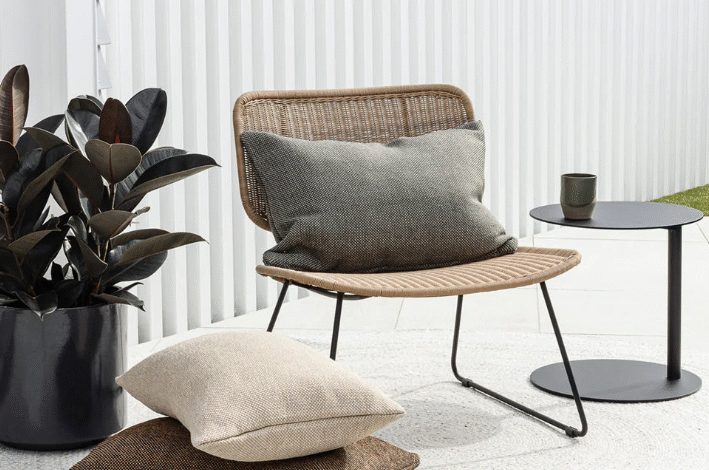
Your wood stove does more than heat the room — it anchors the space. But what you place behind it can enhance your aesthetics or increase fire risk. Choosing the right wall material behind a wood stove is both a design and a safety decision. Fortunately, you don’t have to sacrifice style for protection. From rustic barn wood to sleek metal, these 12 wall-behind-wood-stove ideas blend safety and beauty perfectly.
Maintaining clean outdoor cushions is crucial for both their lifespan and aesthetic attraction.
Regular cleaning of outdoor cushions ensures that they look inviting and last longer, confronted with the challenges of weather conditions, stubborn spots, and general wear with resilience.
Weather elements, from burning sun to flowing rain, form constant threats, making maintenance a necessary routine. Dealing with stains and wear requires attention to detail and fast action.

Assessing your outdoor cushions
Before you tackle the outdoor cushion, a thorough assessment is essential. This crucial step ensures the right, safe cleaning methods for various substances, including acrylic, polyester, olefin, and Sunbrella. It’s all about protecting their quality and extending their lifespan.
Identifying the dust type is fundamental. Different materials have unique needs; Acrylic fabrics, known for fading resistance, can withstand a stronger cleaning, while cotton mixtures may require a softer touch to keep their color and texture intact.
Start with the manufacturer’s label for instructions for dust care. These labels are gold mines of information, which offer specific tips for cleaning outdoor cushions and what to avoid, such as the use of bleach on certain substances or choosing cold water coils to maintain dust integrity.
Coordinating your strategy for cleaning the outer cushion with the specific fabric types of your pillow not only extends their durability but also keeps your outdoor lifestyle inviting and lively. This approach is the key to enjoying and extending the lifespan of your outdoor furniture.

Outdoor cushion materials
| TYPE | DESCRIPTION |
|---|---|
| Acrylic substances | Known for its lightweight but sustainable nature, Olefin (polypropylene) stands out in areas with high humidity and sunlight. It is resistant to stains, fading, and moisture, making it ideal for outdoor cushions. Fast-drying and easy to clean, Olefin helps prevent fungal and fungal structure, the preservation of the beauty of your seats outside. |
| POLYESTER | For those who find easily maintenance, polyester outdoor bench cushions are a fantastic choice. Although incredibly durable and resistant to different weather conditions, they are easier to maintain than natural fibers. To keep them in peak condition, cleaning with soap and water is sufficient, although they are slightly less UV-resistant compared to acrylic options. |
| Olefin | Vinyl cushions shine in the convenience of cleaning, are waterproof, and ideal for areas such as a swimming pool or outside dining. She keeps it fresh out of it. However, they can stand up to direct sunlight and are susceptible to cracking with long-term exposure, so some care is needed. |
| Cotton canvas | Vinyl cushions shine in the convenience of cleaning, are waterproof, and ideal for areas such as a swimming pool or outside dining. She keeps it fresh out of it. However, they can stand up to direct sunlight and are susceptible to cracking with long-term exposure, so some care is needed. |
| Vinyl | Vinyl cushions shine in the convenience of cleaning, waterproof, and ideal for areas such as a swimming pool or outside dining. She keeps it fresh out of it. However, they can stand up by direct sunlight and are susceptible to cracking with long-term exposure, so some care is needed. |
| Textile | Vinyl cushions shine in the convenience of cleaning, waterproof, and ideal for areas such as a swimming pool or outside dining. She keeps it fresh out of it. However, they can stand up to direct sunlight and are susceptible to cracking with long-term exposure, so some care is needed. |

Essential prior tactics for outdoor cushions
Before applying wet cleaning methods, it is crucial to remove loose dirt and debris from the cushions outside the lounge. This prevents dirt from being driven deeper into the fabric during the wet cleaning process. Use a soft brush or a handheld vacuum for effective pre-cleaning. This step is essential for determining the scene for a thorough and effective cleaning, so that your pillows are ready for more targeted cleaning methods.

Effective spot cleaning methods for stains
When tackling common stains such as food, fungal, or bird on cushions on cushions, spot cleaning with soft, fabric-suitable solutions is your best approach. Always test the outdoor pads cleaning solution on a small, unobtrusive area of the pillow first to ensure that it does not damage the fabric or cause discoloration. For most substances, a mixture of mild detergent and water works well, but always refer to the manufacturer’s recommendations. Carefully dab the stain instead of rubbing, ensuring that you do not spread it further or deeper into the fabric.

Hand-wash pillows
For cushions that are not suitable for washing machines, hand washing is a soft but effective alternative. Use a mild detergent and lukewarm water to clean the fabric. If possible, dip the pillow or use a sponge to apply the soapy water, working gently in the fabric. It is important to thoroughly rinse the cushions with clean water to remove all soap residues, because remaining detergent can attract dirt and break down the fabric. After rinsing, press the excess water; do not squeeze the pillows because this can distort their shape. Let them dry completely in a well-ventilated area before being used or stored. Avoid mold and fungal growth.

How you can safely wash your outdoor cushions
For outdoor cushions with removable covers, machine washing can be a handy option. Use a soft cycle with cold water to minimize the risk of shrinkage and color bleeding. Choose a mild detergent that is suitable for the dust type. It is important to check the manufacturer’s label for specific instructions to prevent damage. After washing, be careful with the potential for shrinkage and color bleeding, especially with natural fibers or brightly colored fabrics.

Dealing with tough spots and fungus
Tough spots and mildew require more targeted techniques for cleaning outdoor cushions. Vinegar, a natural disinfectant, can be effective for mildew and certain stains. Mix a part of white vinegar with a part of water for a soft outer pad cleaning solution. For more stubborn stains, consider using specialized outdoor dust cleaners that are designed for the material of your pillows.
Always test every outdoor pad cleaning agent in a small area first. Be careful with bleach; Only use it on substances that are specifically marked as a bleaching agent by the manufacturer, because it can cause damage or color loss for others.

Tips to dry your outdoor cushions well
Drying thoroughly is crucial to prevent the growth of mildew on your outdoor cushions. The best dry method is drying air, so that pillows can dry completely in a well-ventilated area. Place them upright to facilitate the air flow and speed up the drying process. Although sunlight can help prevent mold, direct exposure for long-term periods can lead to fading of dust. That is why it is advisable to dry cushions in a shady area or to ensure that they do not stay in direct sunlight for too long.

Preventive measures to keep cushions clean
Applying dust protectors to your outdoor floor cushions can considerably improve their resistance to water and stains, making them easier to clean and maintain. These protectors form a barrier that repels liquids and prevents dirt from embedding deep into the fibers. Keep your cushions for extra protection during the low season in a dry, cool place. The use of breathable storage bags or bins can prevent mold and fungal growth, so that your pillows keep fresh the following season.

Consistency is the key: regular maintenance tips
The key to extending the lifespan of chair tires outside the cushions is regular maintenance. Weekly dusting or vacuuming can prevent waste accumulation and degradation of dust. Based on how often your outdoor space is used and the exposure to the elements, you set a schedule for cleaning the outer cushion. For example, cushions in high-use or exposed areas may require monthly cleaning, while fewer exposed pillows can be maintained less often.

Outside Real Cushion Care for permanent comfort and style
In this blog, we have treated essential steps and considerations for effective cleaning of outdoor cushions. From assessing the dust type to applying the correct cleaning methods for the cushions for different materials, these guidelines are intended to help you maintain the aesthetic and lifespan of your pillows for outdoor environments. Regular maintenance and preventive measures play crucial roles in keeping your pillows at their best.
Explore our blog for more tips and tricks for home care. Your outdoor spaces are an extension of your home, and the investment in their maintenance can significantly improve your pleasure and the overall appearance of these areas.

🔥 Safety First: Wall Clearances Behind a Wood Stove
Always check your stove manufacturer’s clearance requirements. In most cases, non-combustible walls should be at least 36 inches away from the stove. You can reduce this distance by installing an approved heat shield that provides a 1-inch air gap for ventilation.
🧽 Maintenance Tips
- Clean tile or metal surfaces regularly to prevent soot buildup.
- Inspect your wall and heat shield annually for cracks or discoloration.
- Reapply sealants on stone or brick as needed to maintain protection.
❓ FAQ – Wall Behind a Wood Stove
Can I use wood behind a wood stove?
Yes, but only if it’s protected by a non-combustible heat shield that meets clearance standards.
What is the safest material behind a wood stove?
Non-combustible materials such as brick, stone, cement board, tile, or metal panels are the safest options.
How close can a wood stove be to a wall?
Most stoves require a minimum clearance of 36 inches, but this can be reduced with an approved heat shield. Always consult your local building code.
📚 Additional Resources
For more design and safety tips, visit Better Homes & Gardens.

